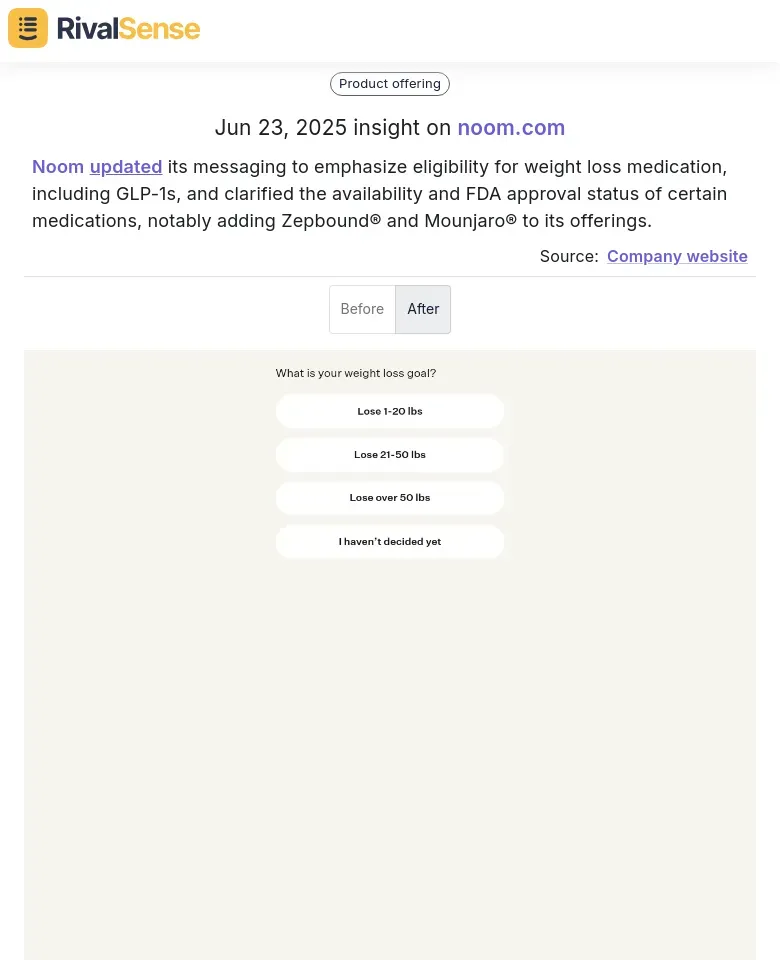Predictive Market Intelligence for Green Business Innovation
Predictive market intelligence (PMI) transforms raw market data into actionable foresight, enabling businesses to anticipate trends rather than react to them. This forward-looking approach combines AI, machine learning, and big data analytics to forecast market dynamics with remarkable precision. For sustainability-focused companies, PMI is particularly valuable for identifying emerging eco-trends, regulatory shifts, and consumer preferences before they become mainstream.
Green innovators can leverage PMI to align product development with future environmental demands. By analyzing patterns in renewable energy adoption, circular economy models, and regulatory frameworks, businesses gain strategic clarity to invest in truly impactful sustainability initiatives.
🚀 Practical steps to harness PMI for green innovation:
- Data Collection: Aggregate information from social media, industry reports, and competitor activities
- Leverage AI Tools: Implement predictive analytics platforms for trend forecasting
- Monitor Sustainability Shifts: Track regulatory updates and consumer sentiment evolution
- Cross-functional Collaboration: Partner with sustainability experts to interpret insights
- Proactive Implementation: Test green innovations based on predictive insights
The Intersection of Green Business and Market Intelligence
Consumer demand for sustainable practices and tightening environmental regulations make market intelligence indispensable for green businesses. PMI provides the radar to detect early signals of market transitions, from circular economy opportunities to clean energy adoption waves. This intelligence transforms uncertainty into strategic advantage.
Effective PMI implementation helps companies spot white spaces in sustainable markets before competitors. For instance, tracking packaging industry trends might reveal growing demand for biodegradable materials, enabling timely R&D investments.
✅ Actionable Framework for Green Innovation:
- Consumer Trend Tracking: Monitor sentiment shifts toward eco-products using social listening tools
- Regulatory Forecasting: Anticipate sustainability legislation with global policy analysis
- Competitor Benchmarking: Analyze rivals' green initiatives to identify differentiation opportunities
Real-world impact: A packaging manufacturer used PMI to pivot toward compostable materials, capturing 17% market share within a year by anticipating regulatory changes.
Key Technologies Driving Predictive Market Intelligence
Modern PMI relies on three interconnected technological pillars that transform data into foresight. AI algorithms process complex datasets, while cloud computing enables real-time analysis across global markets. These technologies collectively turn information overload into strategic clarity.
For sustainability-focused businesses, these tools can model carbon footprint scenarios, predict supply chain disruptions due to climate events, and simulate market adoption of green innovations. The integration of IoT sensors with predictive analytics is particularly powerful for monitoring environmental impact metrics.
Core Tech Stack Breakdown:
| Technology | Role in PMI | Green Business Application |
|---|---|---|
| AI/ML | Pattern recognition & forecasting | Predicting renewable energy adoption curves |
| Big Data Analytics | Processing diverse datasets | Analyzing global sustainability regulations |
| Cloud Platforms | Scalable computing power | Simulating circular economy business models |
🔧 Implementation Checklist:
- Start with explainable AI models for transparent decision-making
- Ensure GDPR/compliance in data collection
- Pilot with single sustainability KPI (e.g., waste reduction forecasts)
- Integrate with existing BI tools for seamless adoption
Implementing Predictive Market Intelligence in Your Business
Integrating PMI requires aligning data initiatives with sustainability goals through a phased approach. Begin by identifying critical knowledge gaps in your green innovation pipeline, then deploy targeted data collection strategies. Successful implementation turns predictions into profitable eco-innovations.
Common roadblocks include data silos and analytical skill gaps. Overcome these by creating cross-functional green teams combining data scientists and sustainability experts. Start with focused pilot projects like predicting demand for upcycled products before enterprise-wide rollout.
📊 Measurement Framework:
- Accuracy Rate: Track forecast vs. actual market shifts
- Innovation Speed: Measure time-to-market for PMI-informed green products
- Competitive Gap: Monitor market share changes against rivals
- ROI: Calculate sustainability initiative returns
💡 Pro Tip: Establish monthly "Green Intelligence Reviews" to refine predictions based on real-world outcomes
How Competitor Intelligence Fuels Green Innovation
Tracking competitors' moves provides crucial market signals for sustainability strategies. Real-time insights into product launches, messaging shifts, and category expansions reveal industry trajectories. Savvy businesses use these intelligence to accelerate their own green innovation cycles.
Consider these recent examples uncovered through automated competitor monitoring:
-
Messaging Adaptation (Healthcare)

Noom updated its messaging to emphasize eligibility for weight loss medication including GLP-1s, clarifying FDA approval status and adding new medications.
Strategic Value: Tracking messaging shifts helps anticipate regulatory impacts and consumer expectations in regulated industries - crucial for sustainability compliance. -
Product Category Expansion (Audio Tech)

Sennheiser added 'Merchandise' to its B2B audio solutions categories.
Strategic Value: Monitoring category expansions reveals new revenue opportunities - vital for spotting sustainable product line extensions. -
Product Innovation (Fleet Management)

Geotab launched DRIVEWYZE SAFETY+ with location-based messaging and KP2 PANIC BUTTON, alongside content on fleet safety.
Strategic Value: Analyzing product launches identifies emerging industry standards - essential for benchmarking green tech innovations.
Future Trends in Predictive Market Intelligence for Green Innovation
PMI will increasingly shape sustainability leadership as climate urgency grows. Expect hyper-personalized eco-product recommendations using behavioral AI and real-time carbon footprint tracking through blockchain integration. These advancements will transform green innovation from reactive to predictive.
By 2030, PMI platforms will likely simulate sustainability scenarios with 90%+ accuracy, from circular economy adoption rates to carbon tax impacts. Forward-thinking businesses are already building these capabilities through strategic tech partnerships.
🌱 Preparing for the PMI Evolution:
- Prioritize Data Partnerships: Collaborate with sustainability data providers
- Upskill Teams: Train staff in green analytics interpretation
- Build Scenario Libraries: Develop models for climate regulation impacts
- Automate Intelligence Gathering: Implement continuous monitoring systems
- Establish Feedback Loops: Connect predictions with R&D outcomes
Conclusion: The Strategic Advantage of Predictive Market Intelligence
Predictive market intelligence transforms sustainability from aspiration to competitive advantage. By anticipating regulatory shifts, consumer trends, and competitor moves, businesses can lead rather than follow in the green economy. The integration of PMI creates resilience against market uncertainties while unlocking innovation opportunities.
Implementation begins with focused steps: identify critical knowledge gaps, select appropriate technologies, and establish measurable KPIs. Remember that intelligence without action yields no value - the most successful companies institutionalize PMI insights into their innovation pipelines.
Ready to transform competitor insights into green innovation?
Try RivalSense for free and get your first automated competitor report today. Track product launches, pricing changes, and strategic pivots across your landscape - all delivered in actionable weekly briefings.
📚 Read more
👉 How Vivid Money's Rate Shift Empowered Competitors: Strategic Lessons for Business Leaders
👉 Unlock Competitor Intelligence: Twitter Strategies for Proactive Compliance Analysis
👉 Case Study: Market Intelligence Boosts Tapstitch's Resilience
👉 Predict Competitor Moves: Decoding Employee Changes & Hiring Insights
